[dropcap]W[/dropcap]e’ve just returned from a nice little trip to Bali to attend Huawei’s South Pacific partner and media conference, and it’s time to reflect on our impressions of Huawei’s 2016 flagship contender, the Huawei P9.
Though we’ve not had as much time as we’d like with the phone to really get to know it, an afternoon with the P9 allowed us to explore some of our local surrounds and see how the much talked about camera stacked up next to one of the higher rated Android cameras already on the market, in the form of LG’s G5.
Before we get to the camera samples though, let’s take a look at the phone itself.
| Key Specifications: | Huawei P9 |
|---|---|
| Release date | March 2016 |
| Screen size | 5.2-inch |
| Screen technology | Super AMOLED |
| Resolution | 1,920 x 1,080 |
| PPI | 423 |
| Rear camera | 12MP |
| Front camera | 8MP |
| Chipset | Kirin 955 |
| Core config | 2.5 GHz x 4 + 1.8 GHz x 4 |
| RAM |
|
| Storage |
|
| MicroSD | Yes, up to 128GB |
| Battery | 3,000 mAh |
| Battery removable | — |
| Connector | USB C |
| Headphone Port | Yes |
| Headphone Location | Bottom |
| Speaker Configuration | Bottom |
| NFC | Yes |
| Android OS | Android 6.0 |
| Vendor skin | EMUI 4.1 |
| Dimensions | 145 x 70.9 x 6.95 mm |
| Weight | 144g |
| Colours |
|
In-hand impressions
Huawei have clearly put a lot of effort into the physical design of this year’s premier smartphone, and while Daniel rated last year’s Huawei P8 highly, to my mind, there’s really no comparison. The P9 feels to the P8 as Samsung’s Galaxy S7 feels to the Galaxy S6; this year’s phone is the polished, finished and ready-to-release product when stood next to a phone that just isn’t (or wasn’t) quite as ready for market.
Truly, the P9 feels amazing; it’s slim (very slim), the edges are round, polished and there’s no hint of sharp edges here. If the P8 felt good, the P9 feels positively like it belongs in your hand.
Visually, too, the P9 simply looks more refined. The buttons look better integrated with the frame. There’s a combined SIM / MicroSD slot instead of separate slots. The colours are more muted, with the grey/graphite model having a slightly rosey/purple tinge to it which looks great.
The P9 also has Huawei branding on the front of the phone, instead of just a Huawei logo on the back; this is a sign of Huawei wanting to grow their brand recognition, and rather than looking garish, it shows off the branding as something that users can be proud of, as if to say “this is a great phone, and this is who made it”.
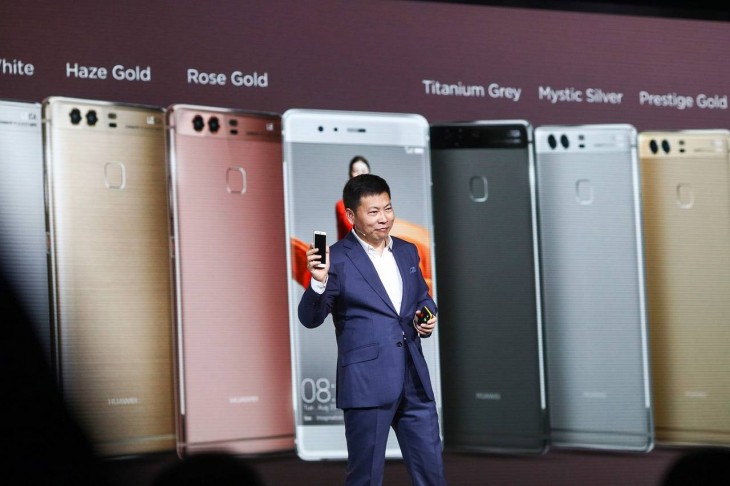
While the internal specs mostly keep pace with this year’s competition, we were a little surprised to find the Huawei P9 starts with 3GB of RAM, instead of the 4GB of RAM which has become somewhat a defacto standard this year. However, in real-world use, it didn’t seem to make much of a difference. In fact, in our afternoon with the device, we felt that the Huawei P9 was equally quick as the fairly snappy LG G5, and in some instances, it was significantly faster, especially in fingerprint setup and unlock time, which was virtually instant (unlike G5’s unlock time which can be close to a second).
The camera, too, was particularly responsive, being both quick to load and (mostly) allowing us to capture some pretty decent photos with minimal shutter lag. The various modes on the Huawei P9 are quite impressive, but most users will probably stick with Auto photo mode, Pro / manual controls, and perhaps monochrome shooting, and in recognition of this, Huawei’s made sure the experience is easy and rewarding.
Let’s take a look at some photos from Huawei P9 and LG G5:
LG G5 samples
[tie_slideshow]
[tie_slide]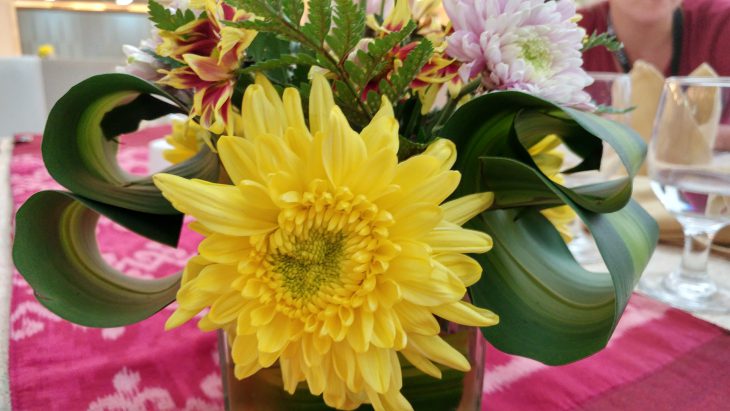 Slide 1 | Flower Close-Up [/tie_slide]
Slide 1 | Flower Close-Up [/tie_slide]
[tie_slide]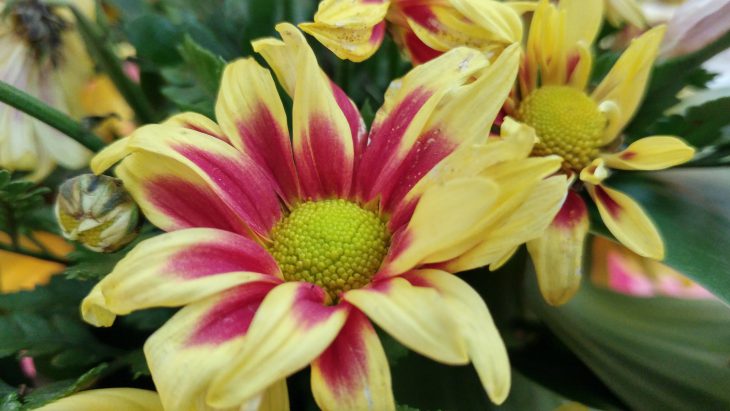 Slide 2 | Even Closer Up
Slide 2 | Even Closer Up
[/tie_slide]
[tie_slide]
Slide 3 | Table Setting
[/tie_slide]
[tie_slide]
Slide 4 | Statue
[/tie_slide]
[tie_slide]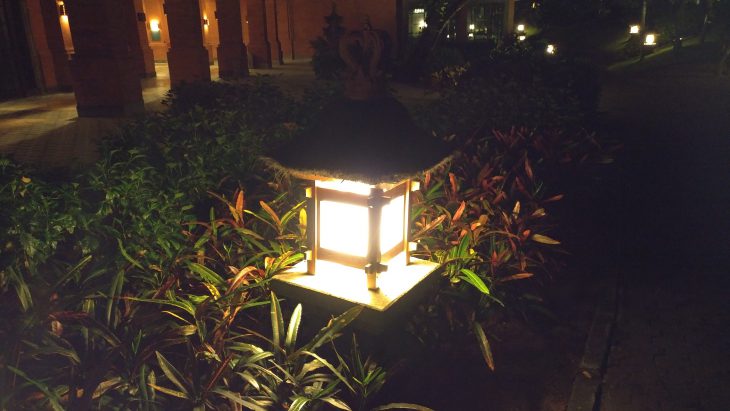
Slide 5 | Garden Light
[/tie_slide]
[tie_slide]
Slide 6 | Hallway[/tie_slide]
[tie_slide] Slide 7 | Nusa Dua Blowhole [/tie_slide]
Slide 7 | Nusa Dua Blowhole [/tie_slide]
[tie_slide]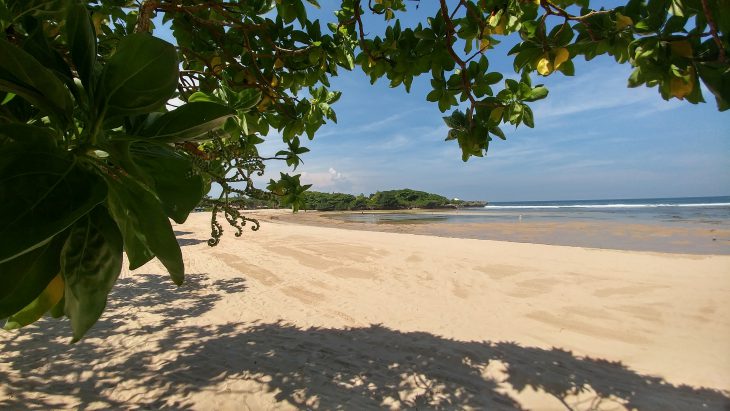
Slide 8 | Nusa Dua Beach
[/tie_slide]
[tie_slide]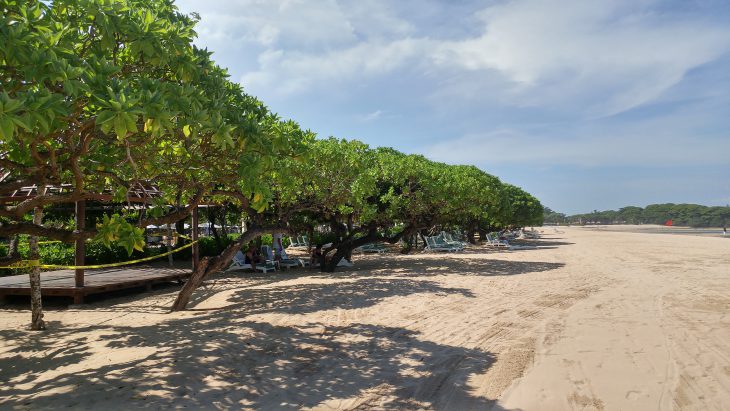
Slide 9 | Tree-lined beach
[/tie_slide]
[tie_slide]
Slide 10 | Empty Beach
[/tie_slide]
[tie_slide]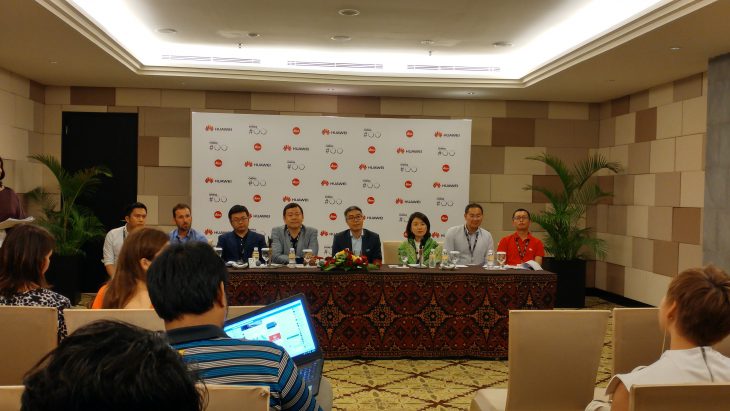
Slide 11 | Press conference
[/tie_slide]
[/tie_slideshow]
Huawei P9 Samples
[tie_slideshow]
[tie_slide]
Slide 1 | Flower Close-Up
[/tie_slide]
[tie_slide]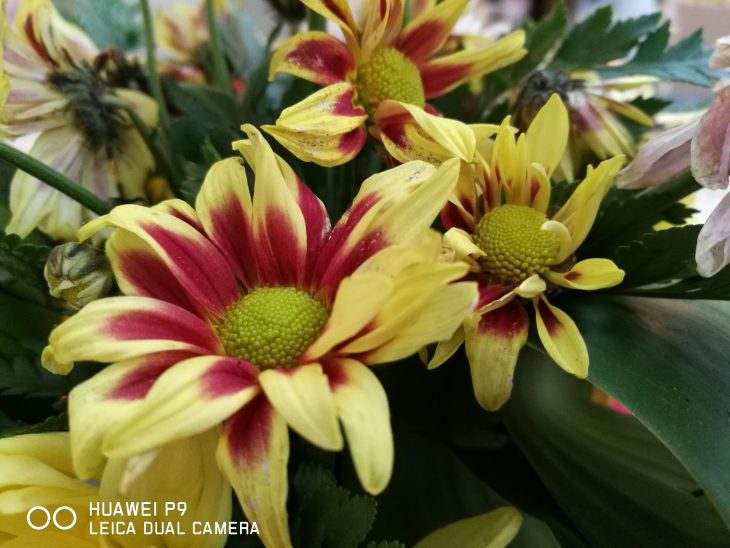
Slide 2 | Even Closer Up[/tie_slide]
[tie_slide] Slide 3 | Table Setting[/tie_slide]
Slide 3 | Table Setting[/tie_slide]
[tie_slide] Slide 4 | Statue[/tie_slide]
Slide 4 | Statue[/tie_slide]
[tie_slide] Slide 5 | Garden Light[/tie_slide]
Slide 5 | Garden Light[/tie_slide]
[tie_slide]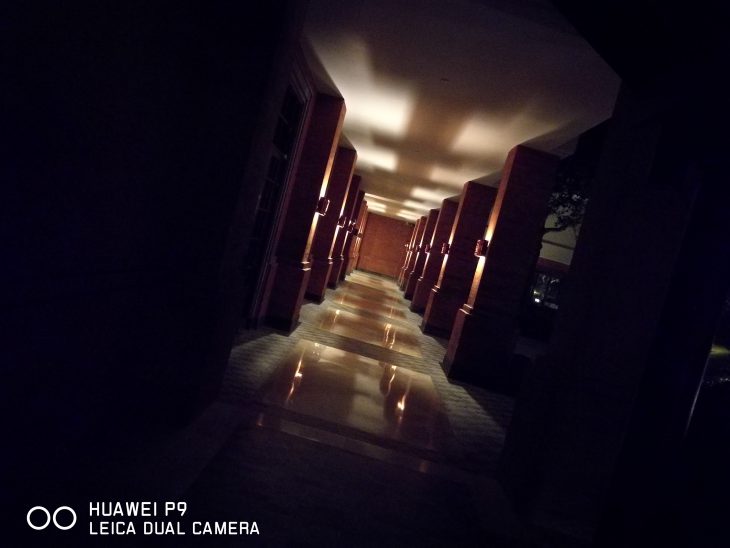 Slide 6 | Hallway[/tie_slide]
Slide 6 | Hallway[/tie_slide]
[tie_slide]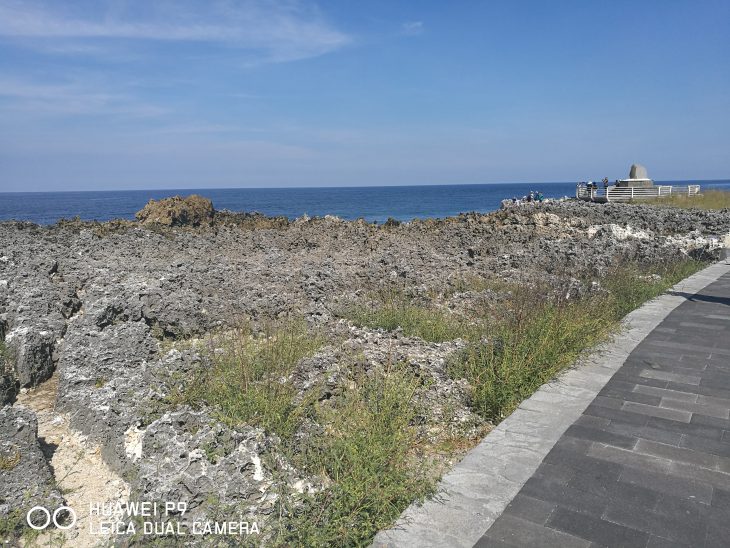 Slide 7 | Nusa Dua Blowhole
Slide 7 | Nusa Dua Blowhole
[/tie_slide]
[tie_slide]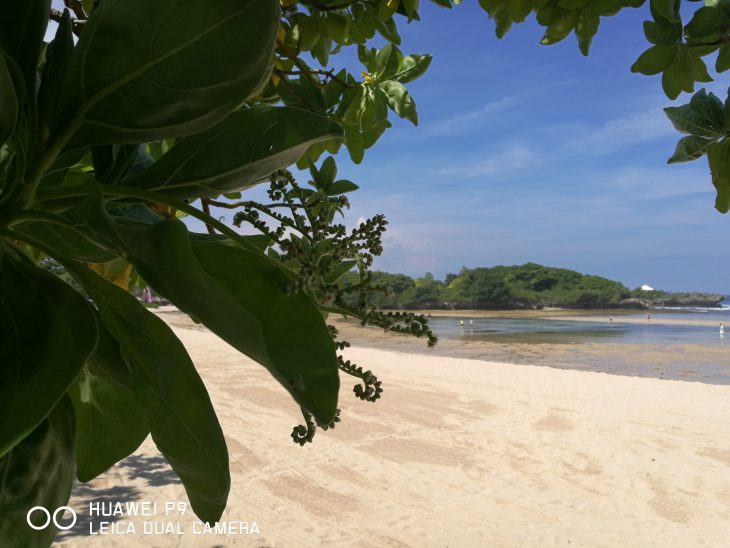 Slide 8 | Nusa Dua Beach[/tie_slide]
Slide 8 | Nusa Dua Beach[/tie_slide]
[tie_slide]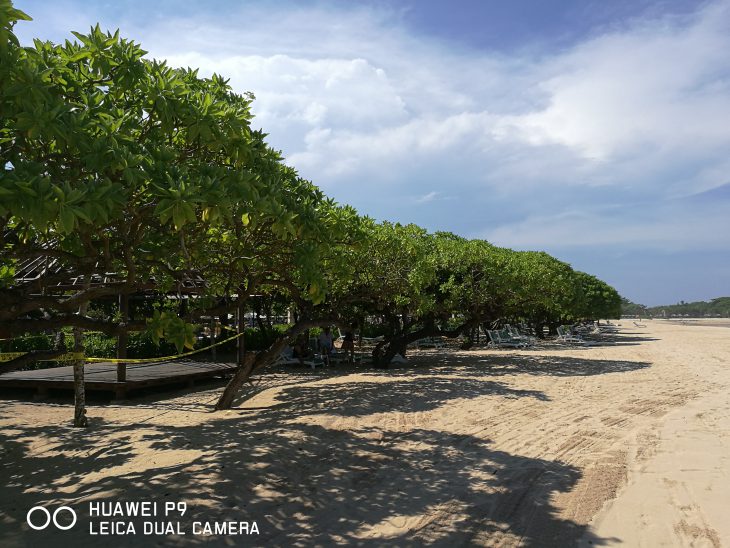 Slide 9 | Tree-lined beach[/tie_slide]
Slide 9 | Tree-lined beach[/tie_slide]
[tie_slide]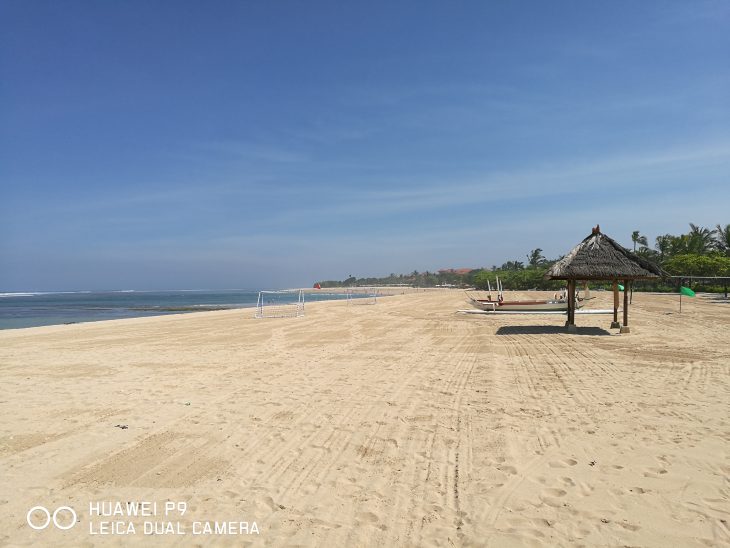 Slide 10 | Empty Beach[/tie_slide]
Slide 10 | Empty Beach[/tie_slide]
[tie_slide]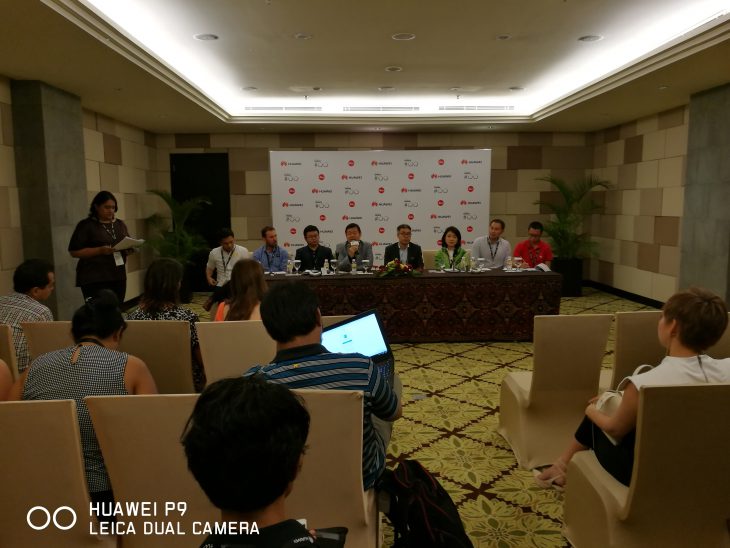 Slide 11 | Press conference[/tie_slide]
Slide 11 | Press conference[/tie_slide]
[/tie_slideshow]
Looking through these photos and comparing them side by side, there’s a few obvious areas where the LG G5 excels, and yet there’s others where I think the Huawei P9 takes an equally good, if not better photo.
The LG G5 takes a slightly brighter photo at night, but I’m not sure if capturing more light makes it necessarily more accurate; I feel that the most accurate depiction of the environment is somewhere between the bright scenes captured by LG G5 and the darker, more haunting photos captured on the Huawei P9. You’ll notice looking at Slide 3, for example, that while LG G5 takes a brighter photo, some of the detail is lost; you can’t see the flames of the candles, but yet the P9 loses some of the detail on guests’ faces. It’s a trade off, but the P9 might be closer to reality.
In daylight, the G5 did tend to over-saturate colours in some environments. For example, the flower close-up (which the G5 could do better in terms of right up close macro performance) showed the difference in colour reproduction — G5 was a bit too pink, whereas P9’s more purply / maroon colour was closer to the actual colour of the flower.
In the outdoor scenes along the beach, G5’s wide angle camera took some amazing photos, but I feel the P9 delivered some really nice sharp, well defined edges for the leaves. It felt better at reproducing the details, even if it couldn’t capture the nice wide-angle photos the G5 could produce.
The press conference photos continued the same trend; G5 was perhaps too light, and P9 a shade dark, but it wasn’t much of an issue either way.
The reality is that in most cases, the slight difference in lighting/colouring could be corrected with some post-editing, but the night photos where the LG G5 actually loses some details couldn’t be so easily corrected. At least P9 captured the details which could be brightened up as needed.
Our first impressions
Huawei’s P9 looks to be an impressive phone. The camera performance is strong, and the physical design and feel of the phone is polished and refined.
Huawei’s software, though, might be perhaps a little too Huawei; we’ve been critical of Emotion UI (aka EMUI) in the past. I didn’t like it last year, and I don’t like it much more this year. While it’s not to my taste, it remains fast and responsive … and like it or not, we can readily replace elements of EMUI to achieve a closer-to-stock Android feel.
Sadly, I think EMUI is a little too much like iPhone, and it tries to do just a little too much. Huawei needs to work on EMUI to either get rid of it, or pare it back a bit in the same way that Samsung and LG have done with Touchwiz and LG UX respectively. EMUI feels like it’s designed for an Asian market (it is) and doesn’t really cater to the different tastes of western smartphone markets at this stage.
All in all, though, I don’t think that EMUI’s relative merits would be enough to sway me away from rating the Huawei P9 as very impressive. I don’t get too excited about the prospect of reviewing many phones, but I can’t wait to spend more time with the P9 to put it through its paces as a daily driver.





I bought a Huawei with EMUI and installed Action Launcher 3 and an icon pack. No problem except there is no “home” setting in the settings to set the default. But it was easy enough to trigger a dialog about which home to use and set it to always. Easy and free to get rid of EMUI.
Hmm. Definitely fair to say the G5 takes nicer – or at least more vibrant – photos, but this does nonetheless look pretty nice.
It does seem that the P9 underexposes a little, but once you correct for exposure, the colour accuracy of the P9 is much closer to reality. Hopefully there’ll be a software release to dial up the exposure slightly to make it more realistic.